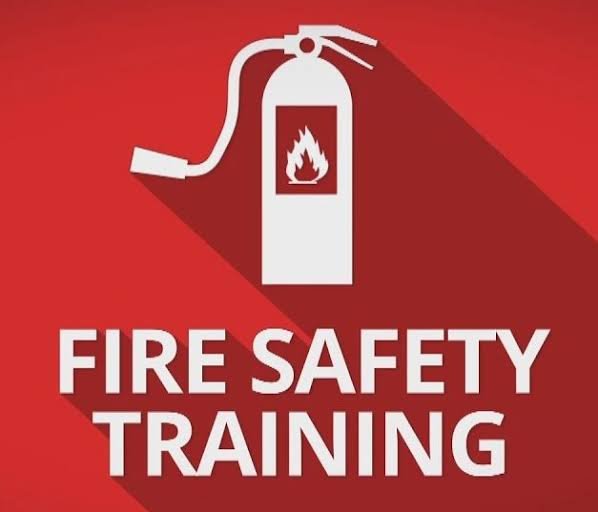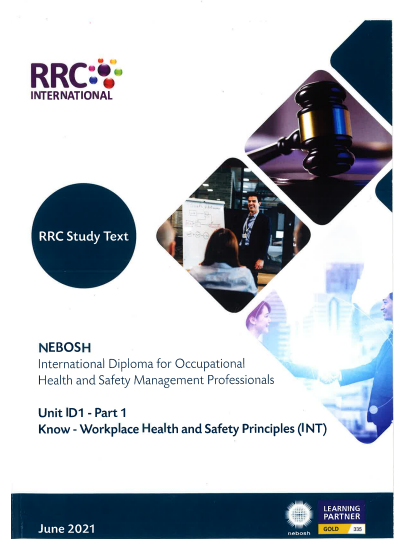Human motivation has always been a fascinating subject for psychology, management, and personal development. One of the most influential theories explaining motivation is Abraham Maslow’s Hierarchy of Needs, first introduced in 1943. This framework describes how human needs are structured in a pyramid-like order, starting from basic survival requirements and advancing toward self-actualization.
Maslow proposed that individuals are motivated to fulfill certain needs, and some needs take precedence over others. When lower-level needs are satisfied, higher-level needs emerge as motivators. This hierarchy remains a vital model in psychology, workplace management, education, safety practices, and even modern business strategies.

The Five Levels of Maslow’s Hierarchy of Needs
1. Physiological Needs
These are the most basic and essential needs for human survival. Without these, life cannot continue.
- Examples: food, water, shelter, sleep, clothing, and rest.
- In the workplace: ensuring fair wages so employees can afford basic necessities.
- In safety: proper lighting, ventilation, clean drinking water, and breaks during work are crucial.
Maslow believed that until these needs are met, individuals cannot focus on higher goals or ambitions.
2. Safety Needs
Once physiological needs are fulfilled, the next level is safety and security. Humans seek stability and protection from harm.
- Examples: physical safety, health, financial stability, safe working conditions.
- In the workplace: job security, health insurance, and compliance with safety standards (like NEBOSH, OSHA, and ISO).
- In personal life: living in a safe home, reliable income, and access to medical facilities.
Safety becomes a key motivator especially in environments where hazards exist, such as construction, oil & gas, or healthcare.
3. Love and Belonging Needs
Humans are social creatures and seek connection, love, and belonging once survival and safety are ensured.
- Examples: friendships, family ties, intimate relationships, workplace camaraderie.
- In organizations: teamwork, recognition, positive communication, and inclusivity build belongingness.
- In education: group activities and supportive environments help students thrive.
Lack of belonging can lead to loneliness, depression, and reduced productivity.
4. Esteem Needs
This stage is about respect, recognition, and self-worth. People want to feel valued and competent.
- Examples: confidence, achievement, reputation, respect from others, personal growth.
- In workplaces: promotions, awards, professional recognition, and leadership opportunities.
- In personal life: achieving milestones, being respected in society, and building confidence.
Maslow divides esteem into two categories:
- Lower-esteem: recognition, fame, status.
- Higher-esteem: self-respect, mastery, independence.
Without esteem, individuals may feel inferior or undervalued.
5. Self-Actualization
The highest stage of Maslow’s hierarchy is self-actualization – the desire to achieve one’s fullest potential.
- Examples: creativity, problem-solving, morality, pursuing passions, personal development.
- In the workplace: innovation, leadership, and taking on challenges that align with personal values.
- In personal life: pursuing dreams, lifelong learning, contributing to society, and reaching fulfillment.
Maslow emphasized that self-actualization is not a final state but a continuous process of growth and self-discovery.
Practical Applications of Maslow’s Hierarchy
- Workplace Management: Employers can use Maslow’s model to improve employee motivation by addressing all levels of needs – from fair wages to career growth.
- Education: Teachers can enhance student performance by ensuring safe, supportive, and motivating environments.
- Safety Culture: Safety professionals integrate this model to highlight the importance of meeting both physical safety (PPE, hazard control) and psychological needs (supportive culture).
- Healthcare: Patients recover better when their physical, safety, and emotional needs are met alongside treatment.
- Personal Growth: Individuals can self-reflect and identify which needs remain unmet to pursue growth.
Criticism of Maslow’s Theory
Although widely respected, Maslow’s theory has been critiqued:
- Needs may not always follow a strict hierarchy (e.g., an artist may prioritize creativity over food security).
- Cultural differences affect the hierarchy (collectivist vs individualist societies).
- Some individuals may pursue multiple needs simultaneously.
Still, Maslow’s model provides a powerful and structured way of understanding human motivation.
Conclusion
Maslow’s Hierarchy of Needs is more than just a psychological theory – it’s a roadmap of human motivation, workplace management, safety, and self-growth. By addressing needs step by step, individuals and organizations can unlock higher performance, happiness, and success.




